43 reading labels for sodium
how to understandfood labels | Eat For Health Less than 3g per 100g is best. Sodium (Salt). Choose lower sodium options among similar foods. Food with less than 400mg per.1 page Read the Nutrition Facts Label for Sodium! Sodium 125mg 5% Total Carbohydrate 9g 3% Dietary Fiber 3g 12% Sugars 4g Protein 2g Vitamin A 35% • Vitamin C 6% Calcium 2% • Iron 2% Read the Nutrition Facts Label for Sodium! Nutrition Facts labels tell you what you need to know about choosing foods that are lower in sodium. Here is a Nutrition Facts label for frozen peas and carrots ...
kidshealth.org › en › teensFood Labels (for Teens) - Nemours KidsHealth Food labels provide more than just nutrition facts. They also tell you what's in a packaged food (i.e., the ingredients). People with food allergies need to check ingredient lists to avoid foods that can cause an allergic reaction. Some food labels also state which country the food came from, whether the food is organic, and certain health claims.
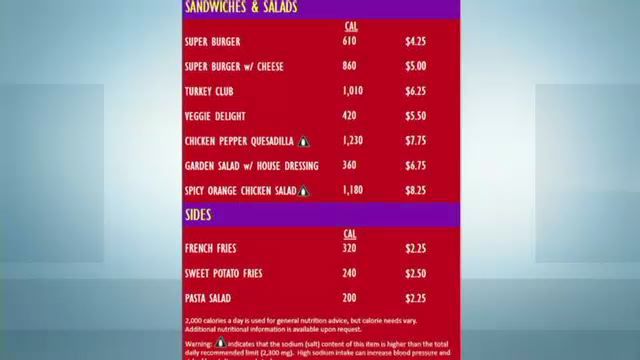
Reading labels for sodium
How to Read a Food Label to Limit Sodium: Care Instructions The Nutrition Facts label also gives you the Percent Daily Value for sodium. This is how much of the recommended amount of sodium a serving contains. The daily value for sodium is 2,300 mg. So if the Percent Daily Value says 50%, this means one serving is giving you half of this, or 1,150 mg. Buy low-sodium foods Understanding Ingredients on Food Labels - American Heart … But when it comes to sodium, added sugars and saturated and trans fats – which in excess can damage your heart health and increase your risk of heart disease and stroke – it can be difficult to tell just how much is in there. The reason is, these ingredients can go by several names. There are many terms used for sugar on food labels. The Basics of the Nutrition Facts Label 04/03/2022 · Low is 5% or less. Aim low in saturated fat, trans fat, cholesterol and sodium. High is 20% or more. Aim high in vitamins, minerals and dietary fiber. Step 4: Check Out the Nutrition Terms. Low calorie: 40 calories or less per serving. Low cholesterol: 20 milligrams or less and 2 grams or less of saturated fat per serving.
Reading labels for sodium. How to Understand and Use the Nutrition Facts Label | FDA 25/02/2022 · Saturated fat, sodium, and added sugars are nutrients listed on the label that may be associated with adverse health effects – and Americans generally consume too much of them, according to the ... PDF Reading Food Labels for Sodium (Salt) - Western Health Reading Food Labels for Sodium (Salt) You will find the Nutrition Facts box on most packaged food products. The Percent Daily Value (%DV) tells you whether a food has a little or a lot of a given nutrient. Choose a food with a lower %DV. See if you can find the %DV for sodium on the following label. Low Sodium Diet - University of Virginia School of Medicine Reading Nutrition Labels You should get in the habit of checking food labels for the most up-to-date information. Sodium is always on the food label. These steps will help you figure out how much sodium is in a certain food: 1. Number of servings and mg of sodium – The label gives you the serving size and the number of servings in the package ... Sodium & Your Heart Health: How To Read Nutrition Facts On Food Labels So, learning to limit sodium consumption by reading food labels is a smart way to stay heart-healthy. How much sodium is too much? While figures can vary across medical organizations, the average moderately active person should strive to consume 1,500mg and not exceed 2,300mg of sodium per day. But, very active people like competitive athletes ...
Understanding food labels - Canada.ca Food labels, nutrition facts tables, serving size, ingredients, % daily value, nutrition claims. Services and information. Nutrition facts tables . How to use, what is in them, foods that don't have a nutrition facts table. Serving size. How to use the serving size on nutrition facts tables. List of ingredients. About list of ingredients on packaged foods, common terms used for some ... How to Read a Food Label to Limit Sodium: Care Instructions "Sodium-free" or "salt free" means a serving has less than 5 mg of sodium. "Low-sodium" or "low salt" means a serving has 140 mg or less of sodium. "Reduced-sodium," "lower in salt" or "lower in sodium" means that there is 25% less sodium than what the food normally has. This is still usually too much sodium. Label Reading for Sodium - Kidney Community Kitchen So if a product has 10% sodium - you should count it as 15%. If a product has 8% sodium you should count it as 12%. This is probably the quickest way to convert when reading a label. It will give you a percentage of a 1600mg sodium per day diet - which is a whole lot better than 2400mg. Here's a simple chart: Sodium on the Nutrition Facts Label | FDA FDA's Education Materials Sodium in Your Diet Fact Sheet A printable backgrounder that offers the basics on sodium's health effects, easy how-to's for using the Nutrition Facts label to reduce...
Food Labels (for Teens) - Nemours KidsHealth Food labels provide more than just nutrition facts. They also tell you what's in a packaged food (i.e., the ingredients). People with food allergies need to check ingredient lists to avoid foods that can cause an allergic reaction. Some food labels also state which country the food came from, whether the food is organic, and certain health claims. What Sodium Labels Mean: A Guide to Decoding Sodium Labels Reduced (or Less) Sodium: This label means that the sodium level in the product has been reduced by 25 percent per serving from the original or a competitor's product. And if that product started with over 500mg sodium per serving, then you're still talking about 375mg of sodium per serving. How To Read Food and Beverage Labels - National Institute on Aging Reading food labels can help you make smart food choices. Learn how to read and understand the product date, ingredient list, and Nutrition Facts label. ... Most older adults exceed the recommended limits for saturated fats, sodium, and added sugars. Compare and choose foods to get less than 100% DV of these each day, making sure to adjust for ... Don't be salty: Reading food labels can help you lower your sodium ... The researchers estimated sodium intake with 24-hour food recalls. They also asked people about how frequently they ate salty snacks/meals and their frequency of using food labels. The study revealed that people who routinely read food labels ate an average of 93 mg less sodium per day and were less likely to eat salty snacks compared to folks ...
Reading Labels - World Action on Salt & Health Some food labels may only state the sodium content. To convert sodium to salt, you need to multiply the amount by 2.5. For example, 1g of sodium per 100g = 2.5 grams of salt per 100g You then need to know the weight of the serving portion in grams e.g. 30g Then divide the concentration of salt per 100g by 100 and multiply by the serving size.
A Guide to Reading Food Labels - University of Rochester 27/02/2013 · Reading food labels can help you make wise food choices. Most foods list nutrition information on the package label, called Nutrition Facts. These facts can help you compare foods and choose the healthiest option. Sample Label 1 Serving Size Calories . Limit These . Nutrients . Get Enough of These Nutrients 5 Nutrition Facts 18% 15% 10% 20% 10% 0% 4% 2% 20% 4% …
How do you read a food label for salt / sodium? - Irish Kidney Diet Sodium x 2.5 = salt content or Salt ÷ 2.5 = sodium content. If you have kidney disease a good goal for sodium intake is 2300 mg of sodium or 6g salt per day. Check with your Doctor or Kidney (Renal) Dietitian to confirm what your maximum daily salt (sodium) limit should be. Nutrition information may be presented in two ways.
Controlling Sodium and Reading Labels • Very low sodium: less than 35 milligrams of sodium per serving. • Low sodium: less than 140 milligrams of sodium per serving. 3) Read ingredient lists Labels list the ingredients in order with those that weigh the most appearing first and those that weigh the least appearing last. Choose foods where sodium is listed near the end of the list.
› reading-food-labelsReading Food Labels | ADA Put food labels to work. The Nutrition Facts labels on foods are really the key to making the best choices. We'll cover the basics so that these labels make shopping easier for you. You've heard it all. From carb-free to low-carb, to whole and empty carbs, it's hard to know what it all means. Blood sugar highs and lows aren't always ...
› food › nutritionIs Sodium the Same Thing as Salt? - Eatright.org Aug 08, 2019 · The best way to learn how much sodium is in particular foods is by reading the Nutrition Facts label: On the label, look for foods that are lower in sodium. Choose foods with less than 120 milligrams of sodium per serving. Look for the words salt-free, sodium-free, very low sodium and low sodium on the label.
PDF MEAL SODIUM FOOD NOTES Breakfast - American Heart Association Check nutrition labels of the foods you eat and prepare. When preparing homemade foods, check the sodium content in individual ingredients, then add up the totals. Sodium levels of the same food can vary widely, so educate yourself by reading labels and looking for lower sodium options. Title: Sodium Tracker
How to Read Sodium Percentages on Food Packages - SF Gate Learning how to read sodium percentages on nutrition labels helps ensure a healthy sodium intake below the daily recommended intake. Recommended Daily Intake (RDI) The 2010 Dietary Guidelines recommends that adults consume less than 2,300 milligrams of sodium per day. However, people with certain risk factors or health conditions should consume ...
medlineplus.gov › sodiumSodium: MedlinePlus Apr 02, 2015 · That equals about 1 teaspoon of table salt a day. Some people are more sensitive to the effects of salt than others and should eat less. This includes people who have high blood pressure, diabetes, or kidney problems, or are African American or over age 50. Reading food labels can help you see how much sodium is in prepared foods.
Sodium: Look at the Label Sodium: Look at the Label Over 70% of dietary sodium comes from eating packaged and prepared foods Sodium and Health Diets higher in sodium are associated with an increased risk of developing

Chewing through life: Reading Labels to watch Salt and discovered I was reading them wrong ...
PDF Controlling Sodium and Reading Labels When You Shop When selecting processed items, read labels to limit the sodium from food and beverages. A low-sodium nutrition plan usually limits dietary sodium to 1,500-2,000 milligrams (mg) per day. Select more 'Low Sodium' foods with 140 mg of sodium or less per servingand limit 'High Sodium' foods with more than 300 mg of sodium per serving.
How to Read Salt Labels | Cooking Light For the consumer, the tricky part is that there are four claims. Two apply when a company is comparing their food to a loosely defined fully salted version. One refers to a specific sodium level, another to whether salt has been added. Bottom line: The amount of sodium per serving (found on the back label) is critical.
Reading food labels: Tips if you have diabetes - Mayo Clinic Look for foods with fats, cholesterol and sodium on the low end of the Daily Value; keep fiber, vitamins and minerals on the high end. If your doctor or registered dietitian recommends more or less than 2,000 calories a day, you may need to adjust the percentage accordingly — or simply use the percentage as a general frame of reference.
› medialibraries › urmcmediaA Guide to Reading Food Labels - University of Rochester Feb 27, 2013 · A Guide to Reading Food Labels Reading food labels can help you make wise food choices. Most foods list nutrition information on the package label, called Nutrition Facts. These facts can help you compare foods and choose the healthiest option. Sample Label 1 Serving Size Calories . Limit These . Nutrients . Get Enough of These Nutrients 5 ...
How to Read a Food Label to Limit Sodium: Care Instructions

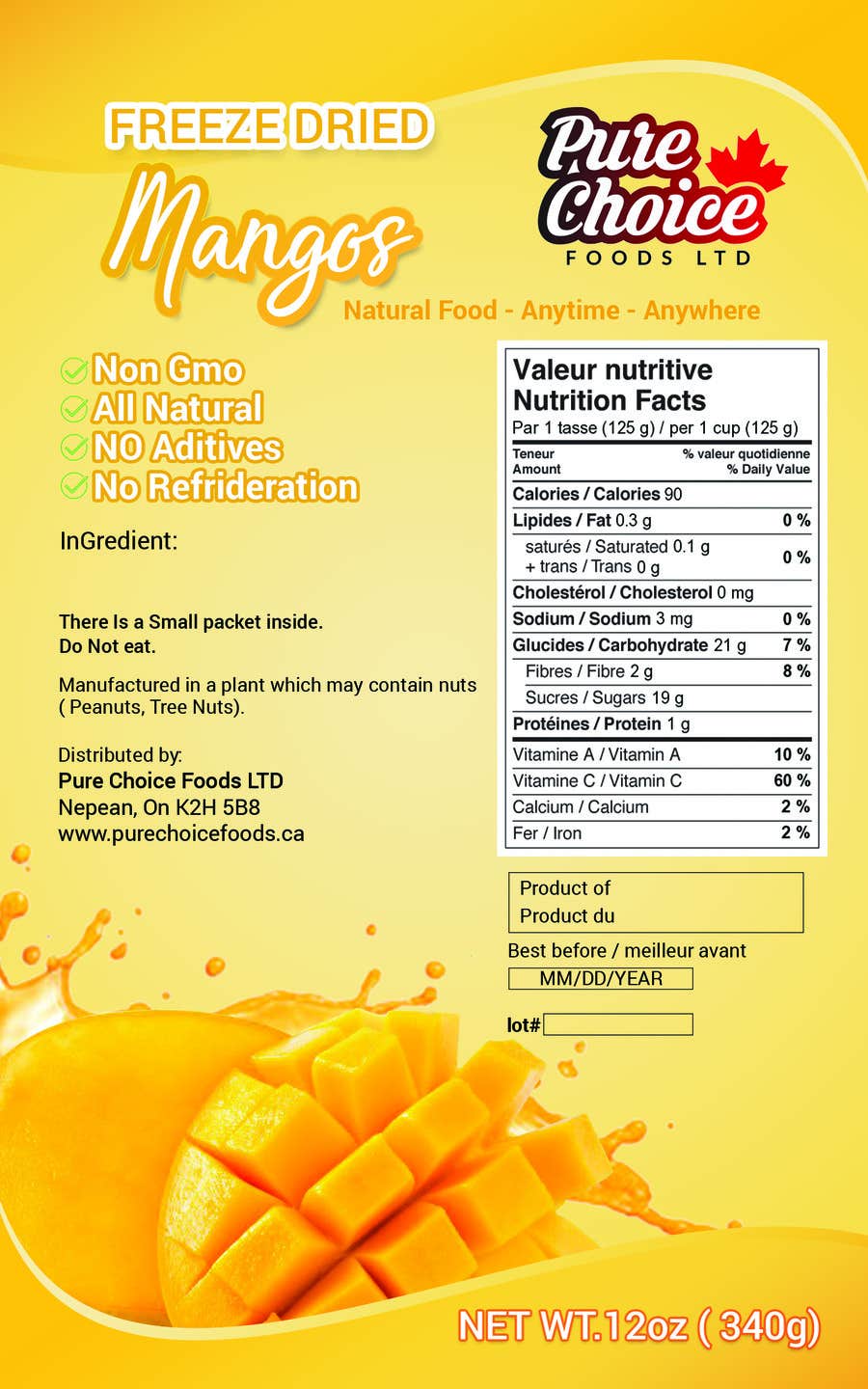

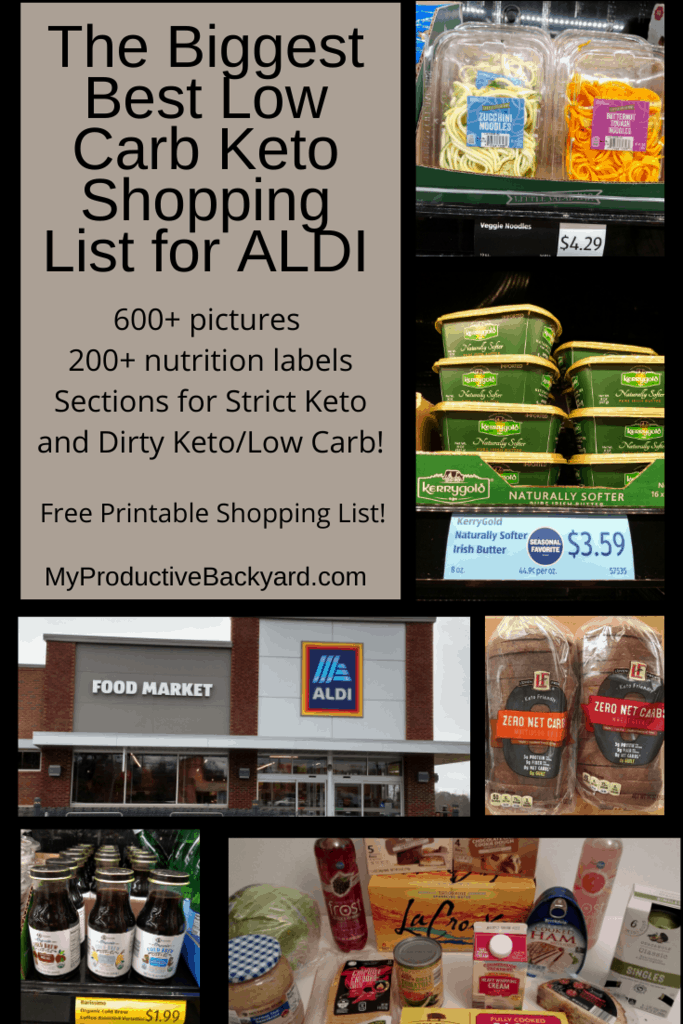
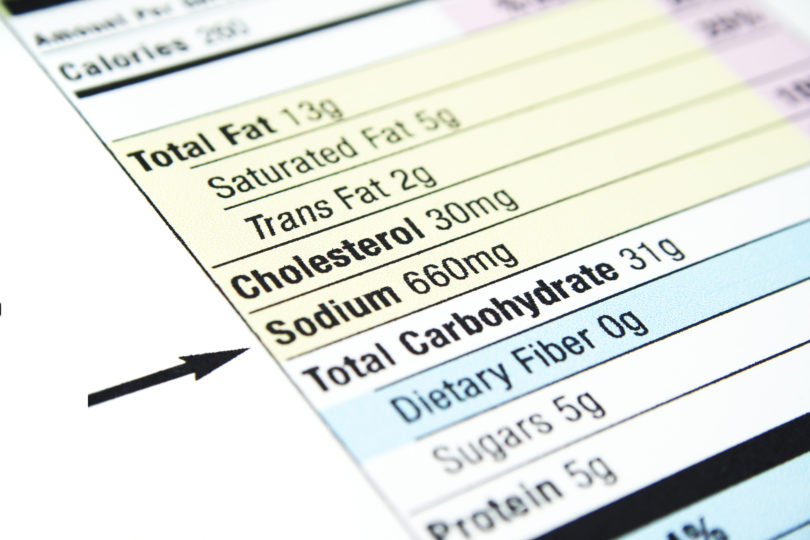





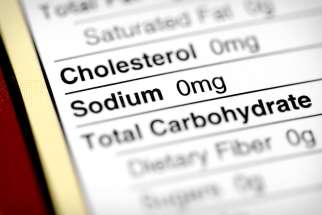
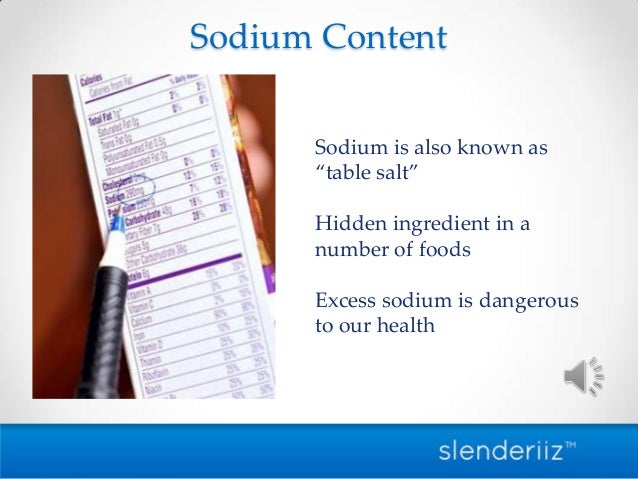
Post a Comment for "43 reading labels for sodium"